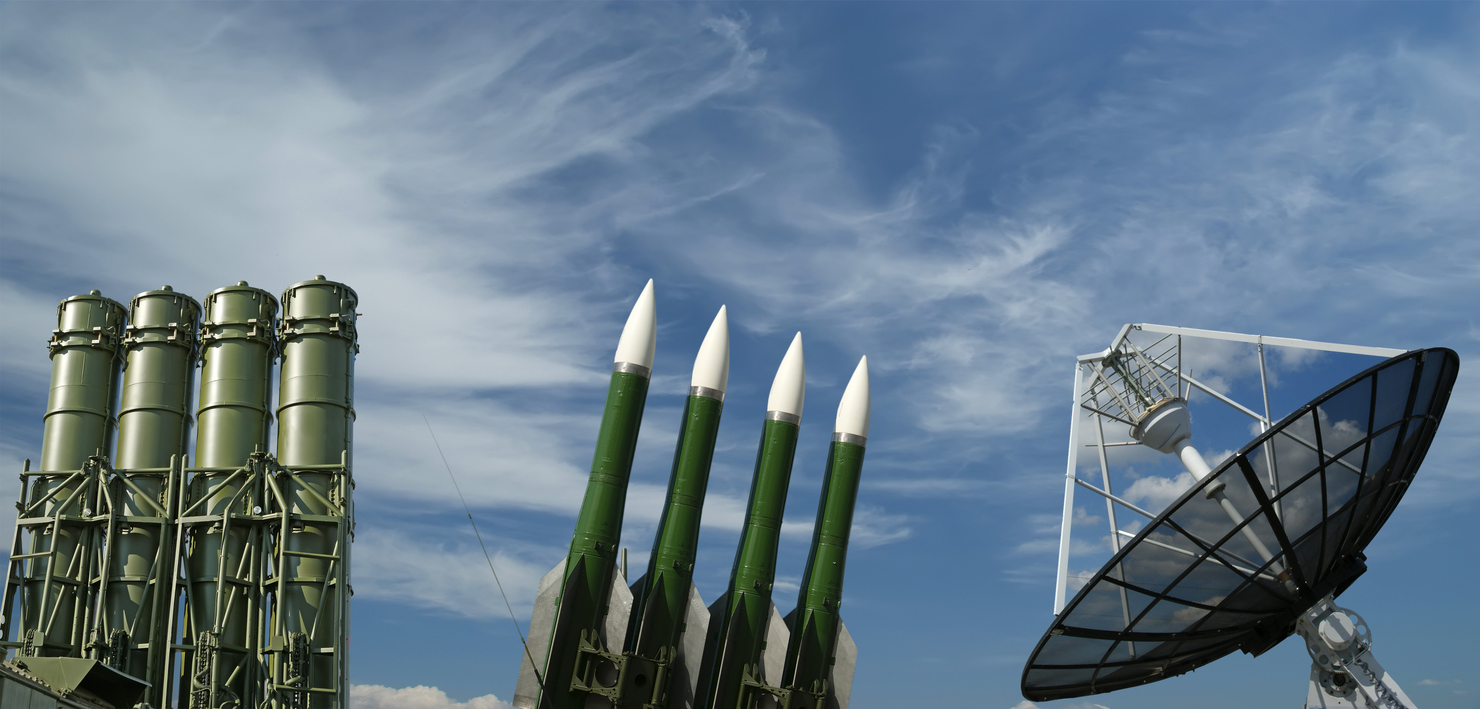
CHANGING DYNAMICS OF AIR DEFENCE OPERATIONS AND THE WAY AHEAD

Raksha Mantri Shri Rajnath Singh, during the Air Force Commanders’ Conference in New Delhi on October 26, 2023, pointed out that new trends have emerged in the field of air warfare, and there is a need to analyse and learn from them to strengthen defence preparedness. He urged the IAF to focus on strengthening air defence systems, using drones, and making headway in aerospace to protect India’s air domain.
On October 7, 2023, Hamas-led militant groups attacked Israel, infiltrating using powered paragliders under the barrage of several thousand rockets. In the ongoing war, Iran launched Operation ‘True Promise’ on April 13, 2024, firing hundreds of drones, ballistic missiles, and cruise missiles in Israel. It is reported that the salvo deployed by Iran comprised more than 30 cruise missiles, at least 120 ballistic missiles and 170 drones. The attack, it is suspected, was aimed at overwhelming Israel’s air defences. However, Israel claims to have shot down most of the incoming projectiles. Israel’s multi-tiered air defence system consists of various components, including man-portable air defence systems (MANPADS), short-range air defence systems (SHORADS), Spyder air defence system, Iron Dome, David’s Sling, Patriot air defence system, Arrow anti-ballistic missiles, Iron Beam and the naval air defence system or C-Dome. In the prolonged Russia-Ukraine war, the skirmishes now are mainly in the form of attacks on each other by long-range vectors and armed drones. There have been reports about the use of hypersonic weapons (Zircon and Kinzhal missiles) by Russia. These developments indicate the likely threats air defence would have to deal with.
Air Defence (AD) operations have undergone extensive transformation in recent years. The development of new threats and technologies has triggered these changes. Research is underway on new technologies, such as Quantum computing, Artificial Intelligence, Hypersonics, Nanotechnologies, and Unmanned systems, which will also have a transformational impact on AD. A Review of the concept of AD operations is advisable to take stock of the present situation and crystal-gaze into the future.
AD Perspective
Air Defence (AD) is more than defending a nation’s assets from air attacks. It encompasses the responsibility of safeguarding the sovereignty of Indian airspace in peace and, in war, ensuring the freedom of all friendly air and surface operations. AD activity has four tasks: detection, identification, Intercept, and destruction. This comprehensive task involves networked and integrated surveillance, command, control, decision-making systems, and kinetic/non-kinetic, defensive, and offensive protective measures.
AD’s primary task is to monitor the entire airspace of interest (continental air space over own and enemy territory and maritime air space, including the EEZ) around the clock during peace and war. Air space management and control are two critical tasks of AD activities. In peacetime, this challenging task is primarily to prevent accidents and fratricide. During hostilities, the goal is to maximise the effectiveness of combat operations without unduly restricting the users. This role is often misunderstood as an exclusive claim of airspace use by the Air Force.
A multi-tiered, layered defence concept is used to protect ground vital areas/vital points. Various sensors and weapon systems of different capabilities are employed to detect and destroy hostile tracks at different ranges, forming four to five protective layers in the ‘AD Kill Chain’. Passive AD (PAD) measures are another facet of AD protection. These include measures to prevent detection by enemy sensors and protection from attacks. Camouflage, concealment, decoying, dispersion, protective shelters, runway rehabilitation schemes, etc., would fall under this category of activities.
AD protection is required not only to the vital areas and vital points (VAs/VPs) but also to own airborne platforms like AWACS, AEW&C, and Flight Refueling Aircraft (FRA), combat support aircraft, helicopters, ground-attack aircraft and unmanned aerial platforms. Even offensive air missions are closely integrated with the AD elements located on the ground and airborne. AD forms a protective bubble around these offensive packages. AD flying missions involve both defensive and offensive missions. Defensive Counter Air (DCA) missions include Combat Air Patrol missions over their high-value assets on the ground. On the other hand, Offensive Counter Air (OCA) missions involve AD fighters tasked with entering hostile enemy airspace to draw out and shoot down enemy aircraft.
With the advancement of technology, the entire gamut of AD operations and activities has been integrated into a network. All the AD elements are interconnected by high-speed integrated and secure networks and fused with advanced command and control systems. The advantage is that the AD kill chain has become swift and efficient by reducing the sensor-to-shooter cycle.
The surface forces have sizeable AD assets for defending their combat assets against enemy aerial attacks. Protection of friendly surface forces in the Tactical Battle Area (TBA) comes under the classification of defensive AD. Air Force provides an extensive and broader AD umbrella over the entire area of interest. The Army’s defensive formations are automatically and adequately covered by the multi-tiered AF AD umbrella and only need terminal defences. The offensive formations need highly mobile, quick-reaction systems for their terminal AD. Even these need to be integrated into the network to avoid fratricide. Naval ships have radars, surface-to-air missiles, and close-in weapon systems for protection. Carrier-borne fighter aircraft provide an air AD umbrella. The flotilla AD gets augmented by shore-based aircraft when within their reach. The naval AD weapons and systems work independently of the continental AD network when sailing on high seas. However, they must integrate into the AD network in harbours or near shore.
Effect of Technology
Technology has been pivotal in shaping Air Force operations, particularly in AD. Over the years, AD operations have undergone significant transformations, primarily driven by advancements in terminal weapons, surface air missiles, ground-based and airborne radars, air-to-air missiles, fighter aircraft performance, combat support aircraft, and networked command and control systems.
Offensive Capability.
Fighter aircraft, the cornerstone of air war and defence, have seen versatile advancements. These include agility, supercruise, stealth, multi-function AESA radars, network-centric systems, integrated glass cockpits, fibre-optics data-transmission, multi-spectral sensors, fused situational picture, helmet-mounted sights, and Precision Guided Weapons (PGM), each contributing to the adaptability of these aircraft in various combat scenarios. Air-to-air missiles (AAM) typically have kill ranges of 200 km. Long-range anti-radiation missiles have been developed as an AWACS killer. The range of these weapons goes up to about 400 km. Electro-optical sensor missiles are used against low-heat targets such as UAVs and cruise missiles.
Detection Capability.
AWACS and AEW&C aircraft can detect aircraft and projectiles at long ranges. They can simultaneously perform command and control and battle management functions. These aircraft are packed with electronics and numerous active and passive systems and can prove an excellent situational awareness. Airborne radars enhance the look range much beyond the visual ranges. Most airborne platforms now have Active Electronically Scanned Array (AESA) radars. These radars allow simultaneous surveillance, tracking and attack on multiple targets. High and medium-powered surveillance radars, tethered aerostat radar balloons, missile acquisition and guidance radars and tactical battlefield mobile radars are part of the ground sensor network. The Ground-based radars have features that could include detection capability of low, medium and high-altitude threats, transportability, 3-dimensional air search, long-range surveillance and over-the-horizon look capability. The development of systems to beat stealth technology is also in progress.
Protection Capability.
For conventional threats, Surface-to-Air missiles (SAM) cover the middle AD layers, with the inner ring being covered by close-in weapons (CIWS), i.e., short-range quick-reaction SAMs and anti-aircraft guns. Anti-aircraft guns have improved with features like ballistic and high-explosive high-calibre shells, optical or radar control systems, and high rates of fire. However, Man-portable missiles (MANPADS) and Quick Reaction short-range Missiles (QRM) are preferred over AA guns. Hybrid systems with guns and missiles are also in existence. On the other hand, Ballistic missile defence requires very long-range interceptor missiles. The trend is integrating multiple missiles ranging from 40 to 400km into one system (e.g., S-400).
Threats and Challenges
Widening of AD Spectrum.
In the past, AD had to protect from conventional threats, i.e. weapons launched from traditional platforms and short-range surface-to-surface missiles. With the proliferation of unmanned and smaller platforms, sub-conventional threats have been added to the list of AD threats. The vital areas and vital installations need to be protected against these threats. Appropriate detection systems and weapons (like CIWS – Close-in weapon systems) are required to deal with them. On the other end of the spectrum, the ballistic missile threat has increased over the years. Ballistic missile Defence (BMD) systems that can look, and intercept very far are required. AD threat spectrum has widened on both sides.
Sub-conventional threats.
The latest challenge faced by the world in the aerial domain is the sub-conventional threat posed by aerial platforms like unmanned platforms, drones, swarms, hang gliders, powered gliders, etc. These platforms, besides being used for direct targeting, are also being utilised in roles like ISR, smuggling, arms trafficking, etc. In the last few years, concerted efforts have been made to deal with this threat. These threats must be dealt with by developing and employing detection systems, anti-drone weapons/systems, engagement procedures and licensing and controlling regulations. AD operations, assets and systems are an essential component in the entire response for mitigation of these threats. A mix of manned-unmanned operations, including unmanned swarms, will be a more significant challenge in future.
Hypersonic Threats.
Hypersonic weapons combine the speed and range of ballistic missiles with a cruise missile’s low-altitude and manoeuvrable flight profile. Defending against hypersonic missiles is a strategic necessity; it will not be easy, but it is not impossible. Hypersonic missile defence is possible but requires a new design, capabilities, and operational concepts.
Hybrid multi-Sensor systems.
For a clear, accurate, real-time Air Situation Picture, myriad numbers and types of sensors must be integrated. In sub-conventional platforms, detection and tracking are difficult because these platforms’ radar, heat, visual, audio, electromagnetic, and noise signatures are low. Hybrid systems with multiple sensors would be required. These systems would need AI to analyse and compile the piecemeal information obtained from various sensors.
Network Centric Warfare.
AD operations would be highly networking centric. The real-time flow of information to numerous stakeholders would be essential. Integrated networks with good architecture, supported by suitable applications, will assist in building situational awareness, planning, communicating and monitoring the situations in real-time. The information flow would need a basis to avoid paralysis due to information overload. The networks would have to have redundancies and protection measures in terms of firewalls and anti-virus systems. Alternate standby nodes must be built in with plug-and-play or power-up-and-play options.
AI Necessity.
In the networked environment, the volume of data would be huge with the integration of thousands of systems. Further duplicity of data will exist. AI will become necessary to analyse the data and make it available on a need-to-know basis to avoid information overload. AI assistance is also required for the decision support feature and what-if options.
Space Defence.
Space-based systems and applications are embedded in every military and civil life aspect. Space has become an important domain, and warfare has proliferated in it. The term airpower has changed to aerospace power, with the aerial warfare envelope expanding to the space domain. The term Air Defence has also changed to Aerospace Defence. The defence of space assets will be a challenge in the future.
Way Ahead
In warfare, one has to keep pace with the latest developments. All the major military powers are researching the use of new dual-use technologies. Research for the military use of new dual-use technologies should progress at the outset and in parallel. Artificial intelligence has much potential for use in AD systems. AI-enabled decision support systems with what-if options are the need of the hour. Unmanned platforms and drones with various capabilities are performing numerous tasks in warfare. They have immense potential for AD operations, including surveillance, reconnaissance, detection, and suppression of enemy AD by soft and hard kill. These platforms need to be used judiciously along with other platforms and systems.
Multiple sensors are required in adequate numbers to monitor the vast area for gap-free coverage. A mix of high-power static and mobile AD systems is required. AD systems need to cater to all types of terrain. The most challenging terrain is hilly terrain, where even the airborne platforms have limitations. Mountain radars, along with other systems, are required for these areas. AWACS and AEW&C aircraft are force multipliers and game-changers. If required, adequate numbers are needed to cover the entire area around the clock.
The threat posed by unmanned platforms and drones has widened the spectrum of AD Threats. The danger from sub-conventional platforms must be tackled with multi-sensor, multi-weapon Anti-Drone Systems. The threat from long-range ballistic missiles is on the other extreme of the spectrum. Multi-layered Ballistic Missile Defence must be developed and deployed to protect national capitals and other strategic locations. These extended-range systems with appropriate adaptations will also be helpful against hypersonic weapons in the future.
Passive Air Defence helps control damage and speedily recover from damage caused by aerial attacks. New technology equipment and systems need to be introduced in the PAD inventory. Protective infrastructure is an essential part of the defensive AD. Adequate numbers are required to safeguard aerial platforms and other systems on the ground. Besides quantity, the protective infrastructure should be capable of protecting from current and future weapons.
Organisational adaptation is an essential part of the transformation. However, change should not be made for change’s sake. A Separate AD command is not operationally viable and is not recommended. Most important of all is self-reliance. All major military powers in the world have a well-established defence industry. Besides cost savings, it ensures assured availability.
Conclusion
Air warfare, including Air Defence operations, is highly technology-sensitive and dependent. AD has been in a state of transformation for most of its existence. Recently, the high pace of technological advancements has led to its rapid transformation. Over the years, AD has gone well beyond the point defence concept. It is no longer restricted to being defensive. Its employment philosophy and operational concepts have undergone immense changes in the past. AD now provides a vast, gap-free, multi-layered national security umbrella around the clock. Multi-agency NCW integration of all civil and military AD assets ensures clarity, quicker reaction and a synergetic approach. The spectrum of threats has widened from sub-conventional threats from small platforms on one end to long-range vectors (ballistic missiles) and hypersonic weapons on the other of the spectrum. AD will continue to evolve with technological advances. The induction of new platforms, radars, and networking equipment, combined with appropriate changes in concepts, strategy, and tactics, would make AD operations more efficient and effective in the future.
References:-
1. Air Marshal Diptendu Choudhury, “Air Defence is Everywhere”, Vivekananda International Foundation, 24 Jul 2020.
2. Air Marshal Anil Chopra, “Air Defence of India – The Big Picture View”, Air Power Asia, 17 Jun 2020.
3. Gp Capt AK Sachdev, “Challenges of Integrated Air Defence”, Indian Defence Review, Vol. 36.2, Apr-Jun 2021, 25 Jul 2021.
4. Group Captain Kishore Kumar Khera, “Air Defence Command – A Bold Test Case”, IDSA Issue Brief, Jan 27, 2020.
5. Synergia Insights “Future Conflict Scenarios”, February 17, 2021.
6. Air Marshal Anil Khosla, “Emerging Technologies and Air Defence”, Chapter 8 of book “Air power and Emerging Technologies”, Center of Air Power Studies, KW Publishers Jun 2022.
7. Air Mshl SS Soman, “Air Defence Command – Need for a Rethink”, Salute, June 10, 2020.
8. Gp Capt V Kapur, “Transformation of the Indian Air Force over the Next Decade”, IDSA Issue Brief, Jun 2012.
9. Press release by Press Information Bureau, Ministry of Defence, India on 26 Oct 23.
10. Smruti Deshpande, “Complex Network of India’s Existing Air Defence Capabilities and Way Ahead”, The Print, 02 May 2024.
(Views expressed are that of the author)
Disclaimer
The opinions expressed in this article are the author’s own and do not reflect the views of Chanakya Forum. All information provided in this article including timeliness, completeness, accuracy, suitability or validity of information referenced therein, is the sole responsibility of the author. www.chanakyaforum.com does not assume any responsibility for the same.
Chanakya Forum is now on . Click here to join our channel (@ChanakyaForum) and stay updated with the latest headlines and articles.
Important
We work round the clock to bring you the finest articles and updates from around the world. There is a team that works tirelessly to ensure that you have a seamless reading experience. But all this costs money. Please support us so that we keep doing what we do best. Happy Reading
Support Us






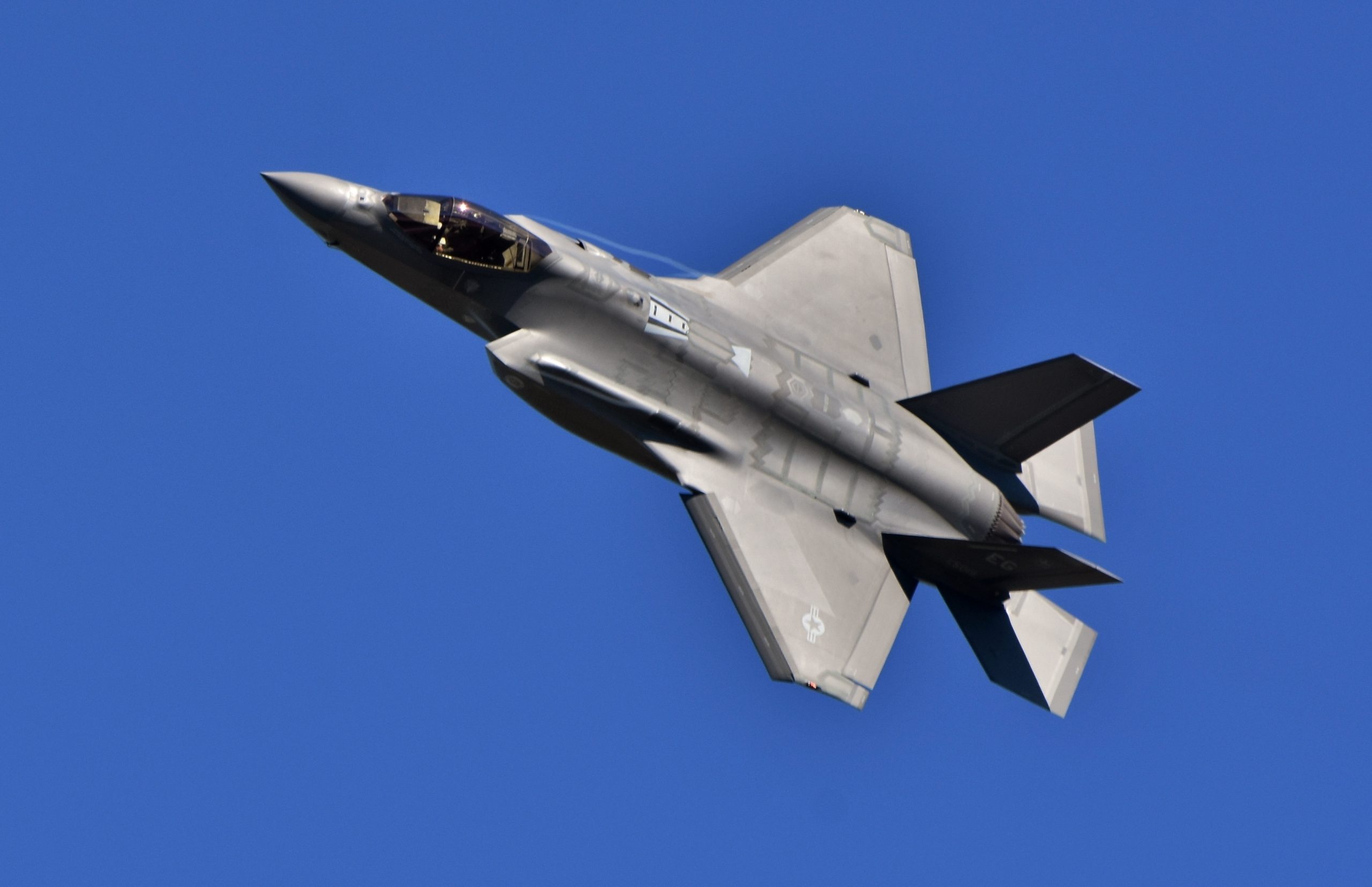


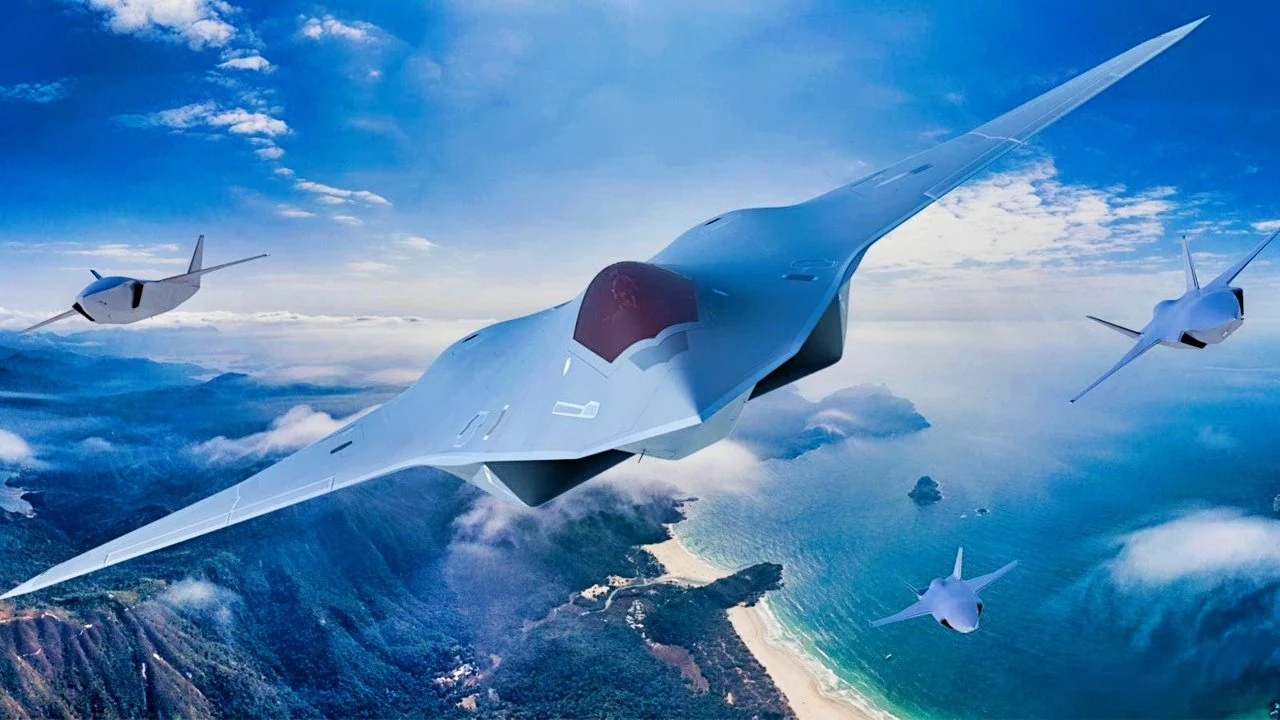
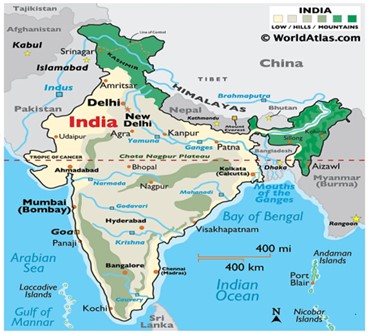
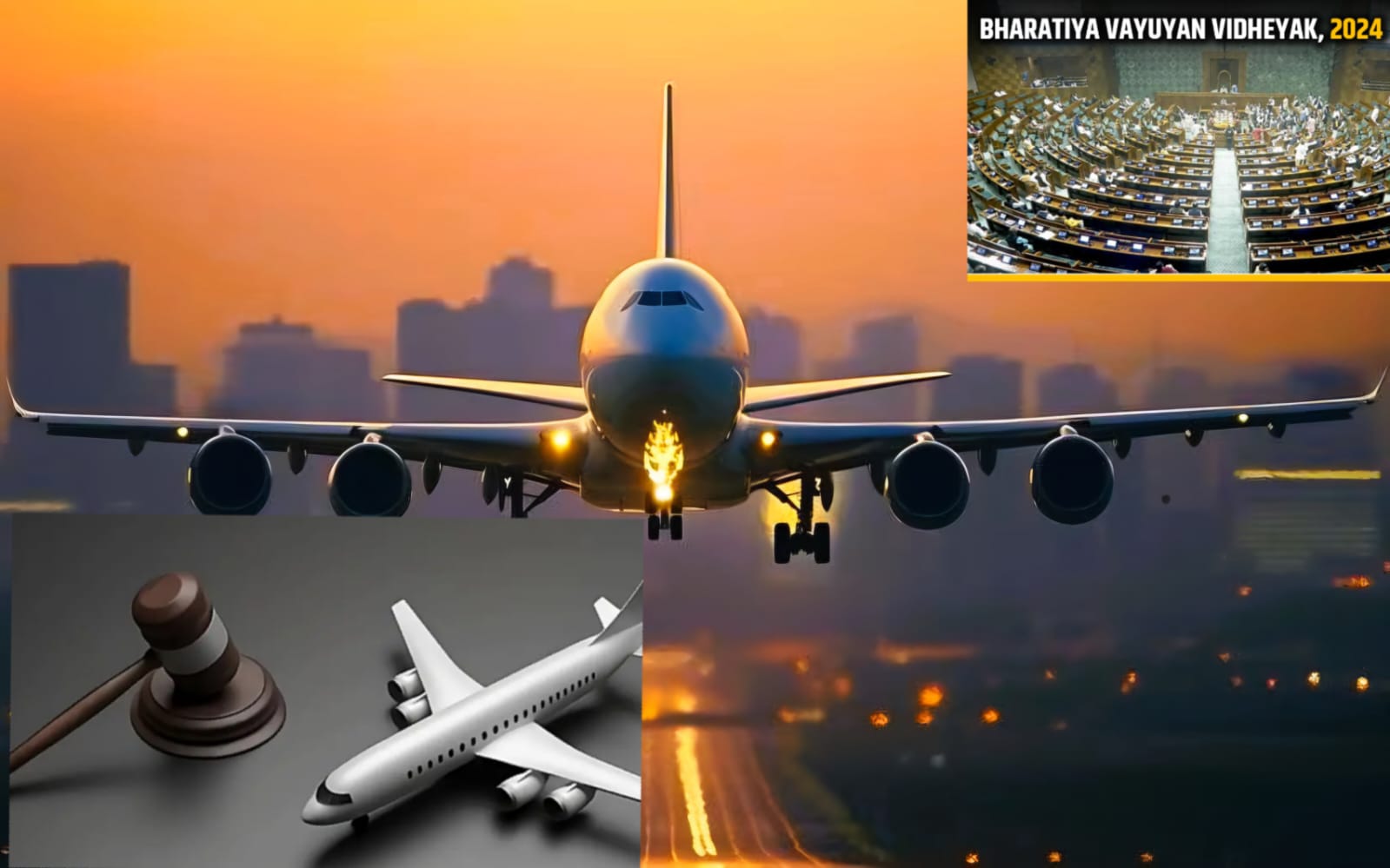
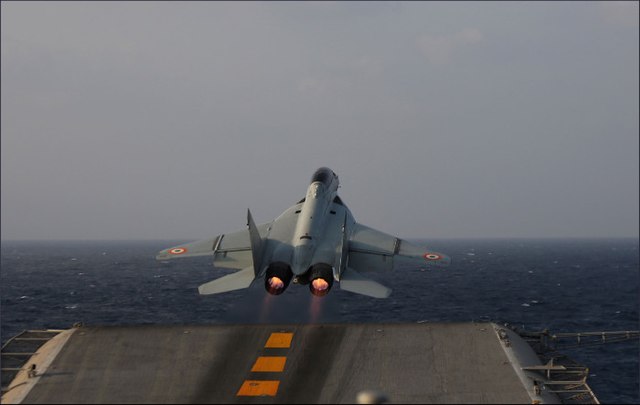
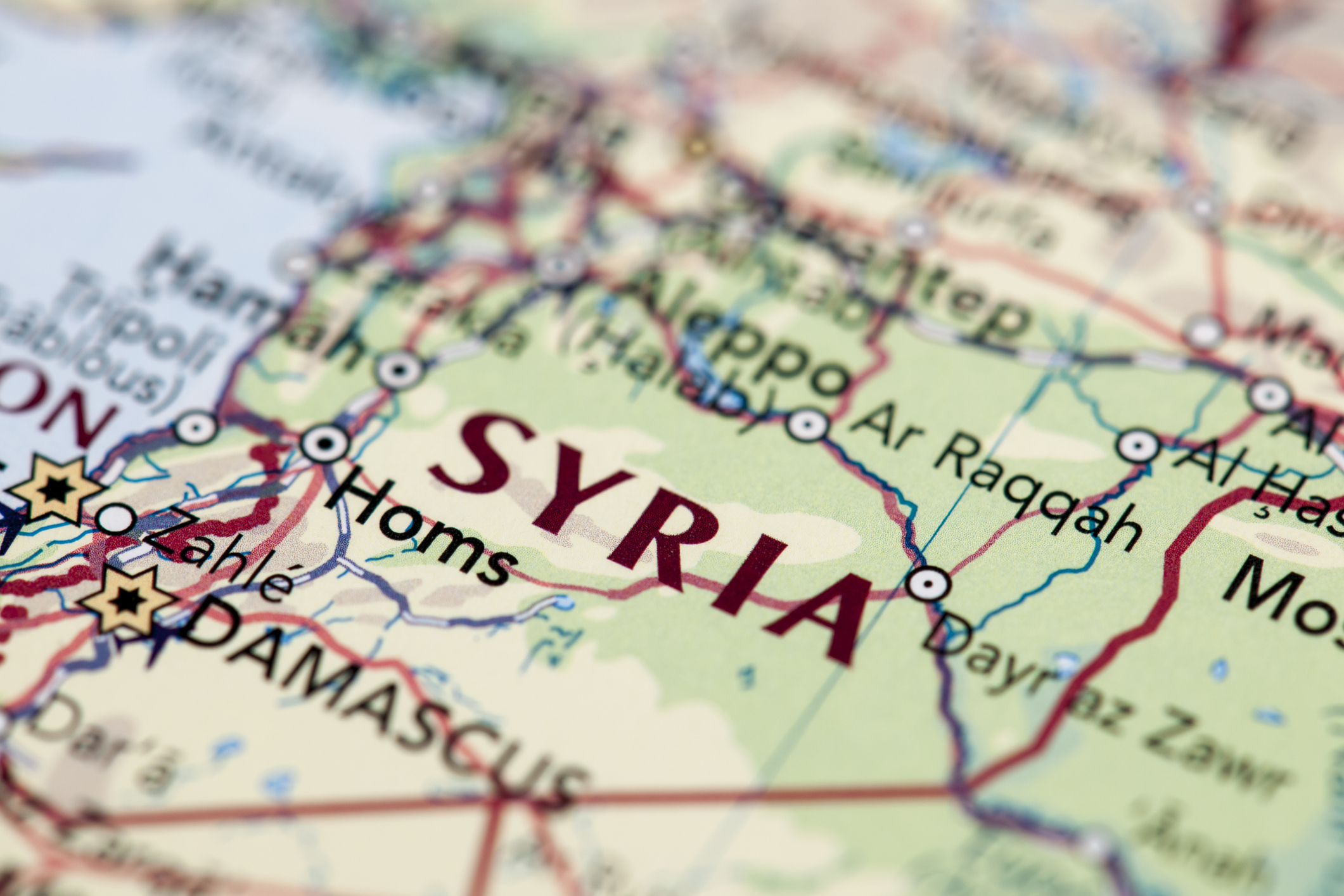







POST COMMENTS (0)